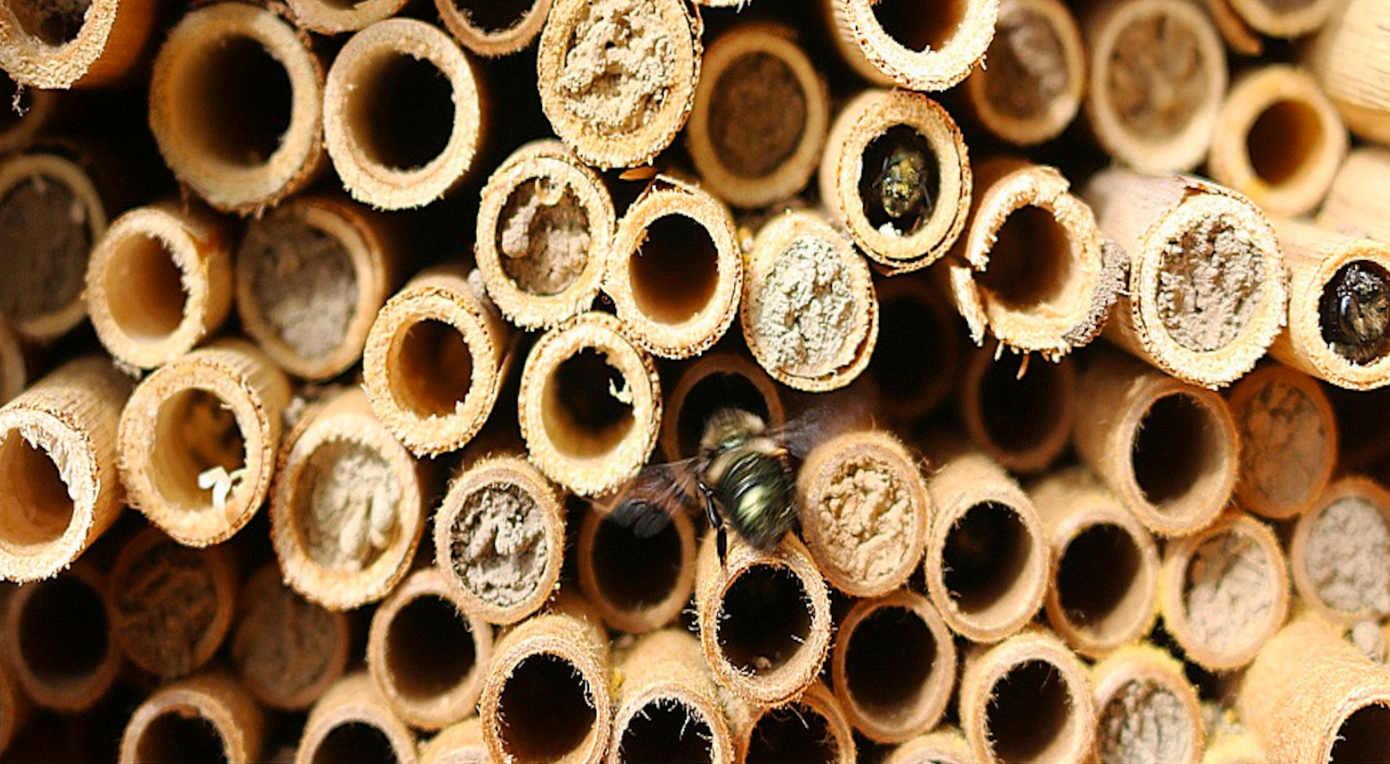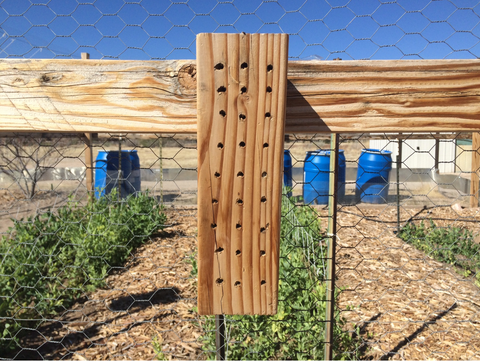
By Bill McGuire, NS/S Board Member
Do you know that every desert native bee is a wonder woman? The females of these mainly solitary, stingless bees are pollinators supreme in gardens, orchards, and natural spaces. Yet they go about their vital work largely unsupported. It’s time to correct this – and you can be part of the solution!
Approximately 1,300 species of native bees are found in Arizona’s deserts and the Tucson area is one of the most native bee intensive areas in the world! This is likely due to our higher than average rainfall (for a desert) and relatively low development in the area. Their numbers are not surprising once you realize that unlike honey bees, which were brought into the area relatively recently by Europeans, desert native bees have been adapting to desert conditions over millions of years. By living in this tough desert environment for that long, native bees have become extraordinarily efficient at surviving and contributing to the overall ecoculture.
But all is not well. Available desert native bee habitat in Arizona is shrinking due to increased development and reduced natural areas on farms practicing intensive mono-cropping. Existing habitat is being degraded by rural and urban chemical usage, which adversely affects desert native bees and often results in less food source diversity. These are often the same factors negatively influencing honey bee populations, a sobering thought given that over one-third of our food crops require pollination to produce fruit.
You can be a part of a desert native bee solution by taking action, even if only on a small scale. First, understand what the most important desert native bees are in your area and educate yourself on their needs and life cycles. Second, plant the flowers, fruits, and vegetables that the bees prefer and leave natural areas unattended. Finally, create nesting opportunities for each species by making and setting out native bee houses.

